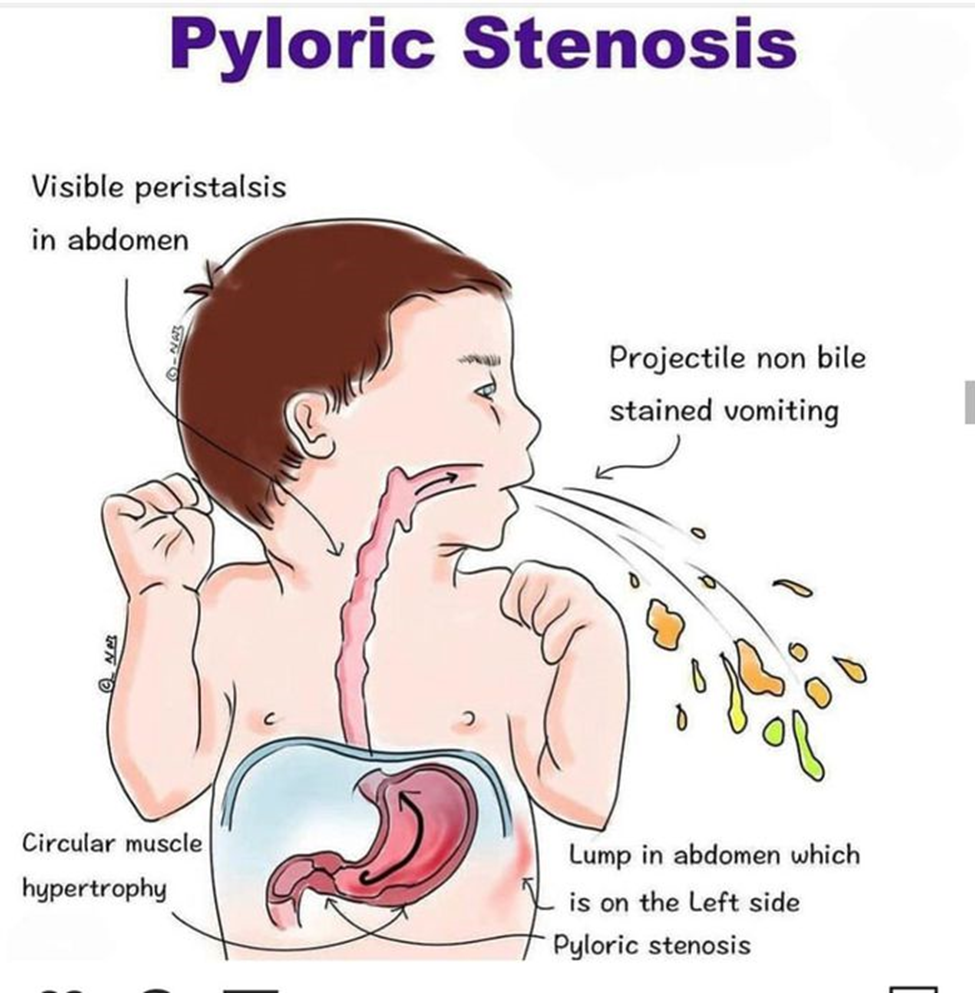The nurse is caring for a 7-year-old child who fell off an ATV sustaining a flesh wound. The child is awaiting wound debridement. What nursing action best demonstrates the concept of atraumatic care?
Allowing siblings to visit the client in the hospital
Using a doll to demonstrate an invasive procedure
Encouraging communication between the parents and nurse
Arranging the room to accommodate religious practices
The Correct Answer is B
A. Allowing siblings to visit the client in the hospital
- Allowing siblings to visit the client in the hospital is a compassionate gesture and promotes family-centered care. However, it may not directly address the concept of atraumatic care, which focuses on minimizing physical and psychological stress related to healthcare procedures.
B. Using a doll to demonstrate an invasive procedure
- Using a doll to demonstrate an invasive procedure is an example of atraumatic care. It allows the nurse to provide preparatory information to the child in a non-threatening and understandable manner. By visually demonstrating the procedure on a doll, the child can better understand what will happen, reducing anxiety and fear.
C. Encouraging communication between the parents and nurse
- Encouraging communication between the parents and nurse is important for providing holistic care and addressing the child's needs. While effective communication is essential, it may not directly demonstrate the concept of atraumatic care unless it involves discussing how to minimize stress and anxiety during procedures.
D. Arranging the room to accommodate religious practices
- Arranging the room to accommodate religious practices is a form of patient-centered care and respects the cultural and religious beliefs of the patient and family. While important for overall comfort and respect for the patient's values, it may not directly relate to the concept of atraumatic care, which specifically focuses on reducing stress and anxiety during healthcare procedures.
Nursing Test Bank
Naxlex Comprehensive Predictor Exams
Related Questions
Correct Answer is A
Explanation
To predict the expected weight of the 12-month-old boy, we can use the general guideline that a child's weight should triple from birth to 12 months.
Given that the boy weighed 8 lb 2 oz at birth, we can calculate the expected weight at 12 months by tripling this weight.
8 lb 2 oz = 8.125 lb
Tripling this weight:
8.125 lb * 3 = 24.375 lb
Now, we convert this weight back to pounds and ounces:
0.375 lb * 16 = 6 oz
So, the expected weight of the 12-month-old boy should be approximately 24 lb 6 oz.
Correct Answer is A
Explanation
A. Projectile vomiting
Projectile vomiting is a classic symptom of pyloric stenosis in infants. It typically occurs within 30 minutes of feeding and is forceful, often projecting several feet away from the infant. This occurs due to the obstruction at the pyloric sphincter, leading to the stomach forcefully emptying its contents.
B. Metabolic acidosis
Metabolic acidosis is not a typical finding associated with pyloric stenosis. Pyloric stenosis leads to vomiting, which can result in dehydration and electrolyte imbalances, but it typically does not cause metabolic acidosis directly.
C. Effortless regurgitation
Effortless regurgitation is not a characteristic finding of pyloric stenosis. In pyloric stenosis, vomiting is forceful and projectile, rather than a passive regurgitation of stomach contents.
D. Distended abdomen
A distended abdomen can be a finding in pyloric stenosis. The obstruction at the pyloric sphincter can lead to gastric retention, causing the stomach to become distended over time. However, it's important to note that not all infants with pyloric stenosis will present with a visibly distended abdomen.

Whether you are a student looking to ace your exams or a practicing nurse seeking to enhance your expertise , our nursing education contents will empower you with the confidence and competence to make a difference in the lives of patients and become a respected leader in the healthcare field.
Visit Naxlex, invest in your future and unlock endless possibilities with our unparalleled nursing education contents today
Report Wrong Answer on the Current Question
Do you disagree with the answer? If yes, what is your expected answer? Explain.
Kindly be descriptive with the issue you are facing.
